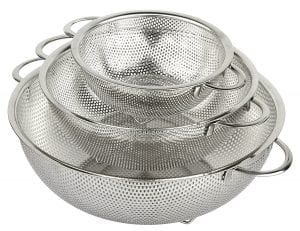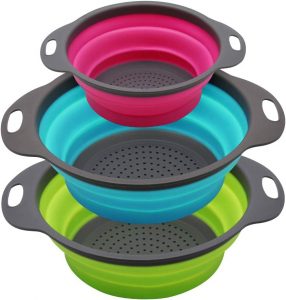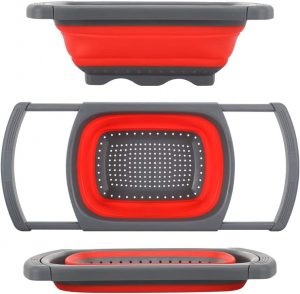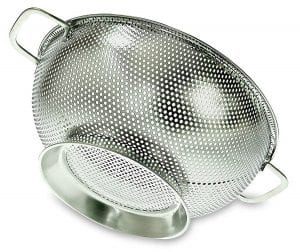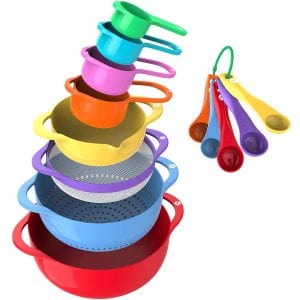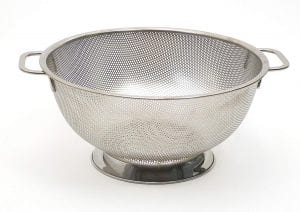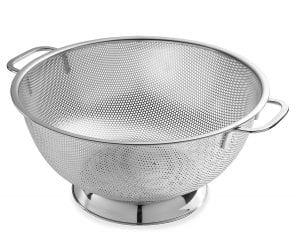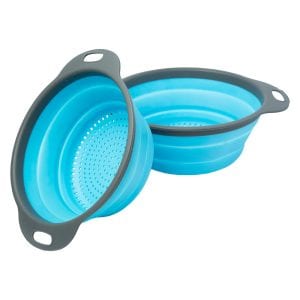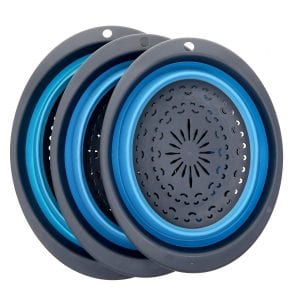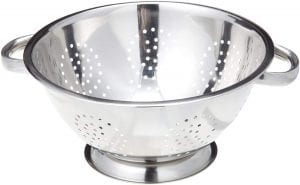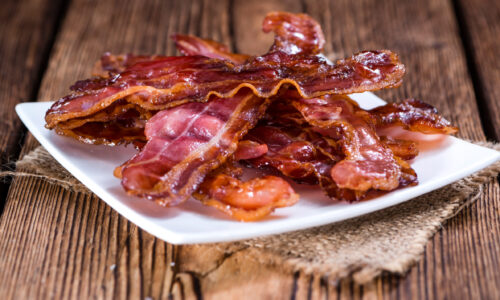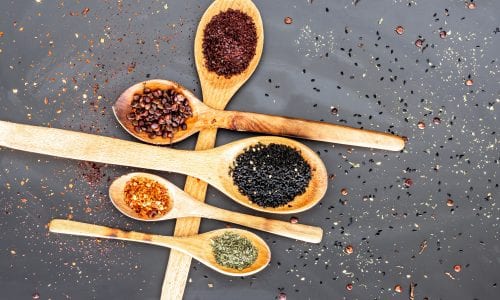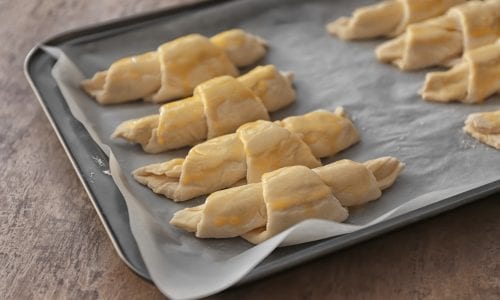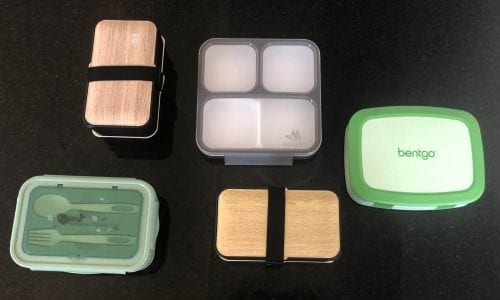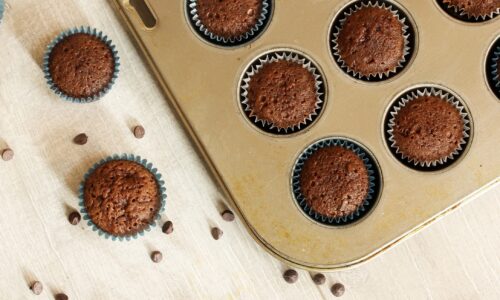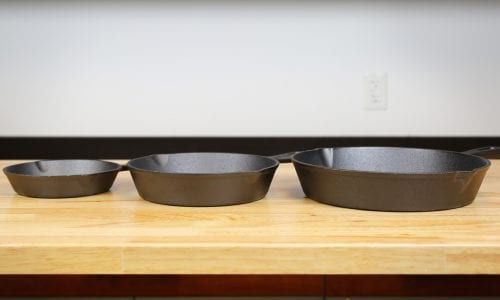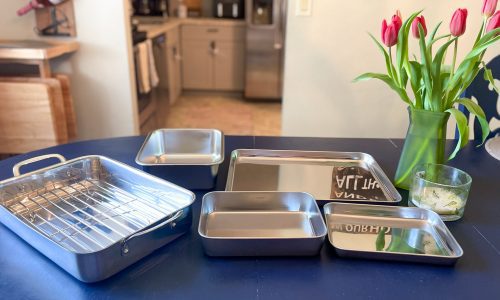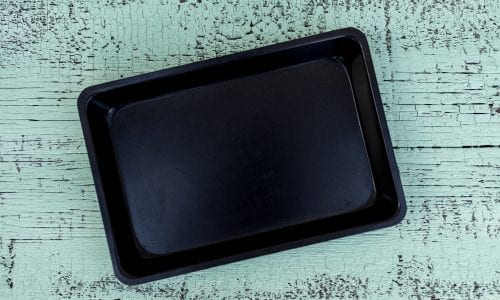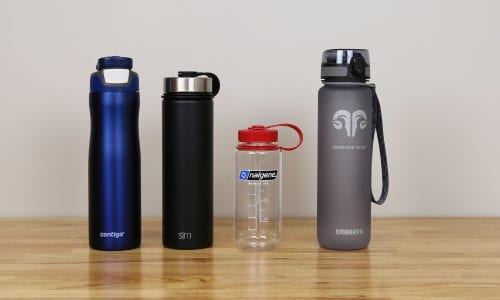The Best Colander Set
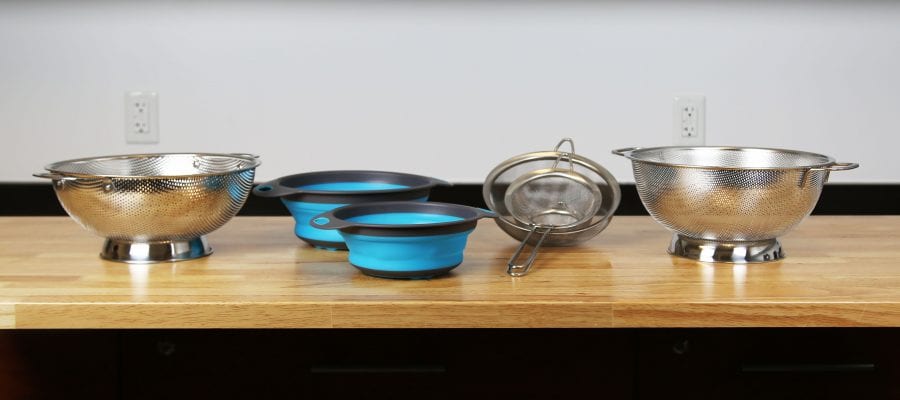
Our Review Process
Don't Waste Your Money is focused on helping you make the best purchasing decision. Our team of experts spends hundreds of hours analyzing, testing, and researching products so you don't have to. Learn more.
Our Picks For The Top Colander Sets
- 1. HÖLM Nesting BPA-Free Colander Set, 3-Piece
- 2. QiMH Silica Gel Foldable Colander Set, 3-Piece
- 3. Learja Compact Easy Store Colander Set, 6-Quart
- 4. Priority Chef Traditional Mesh Colander Set, 3-Quart
- 5. Vremi Stackable Mixing Bowl & Colander Set, 13-Piece
- 6. RSVP International Kitchen Essential Colander Set, 5-Quart
- 7. Bellemain Micro-Perforated Rust-Proof Colander Set, 5-Quart
- 8. Comfify Space Saving Foldable Colander Set, 2-Piece
- 9. Homwe Large Collapsible Kitchen Colander, set of 3
- 10. ExcelSteel Dishwasher Safe Stainless Steel Colander Set, 5-Quart
Constructed using a strong stainless steel, this colander set will last for years. Each of the three pieces is designed to nestle inside the other to take up the least amount of storage space. Home cooks will appreciate the built-in side handles, as well as the sturdy base.
Most DurableThis colander set includes a 1, 2.5 and 4.5-quart strainer - all of which are dishwasher safe.
Soft and flexible is the best way to describe this colander set. Each of the three strainers collapse flat, so you can easily store them in a drawer or on a shelf. The colanders come in green, blue and purple and feature an ergonomic design that is comfortable to use.
Colorful OptionWith this colander set, you'll quickly be able to strain pasta, rinse veggies or even sift flour.
The folding features of this colander set make it the perfect accessory for those with limited kitchen space. The raised bottom makes it equally effective in the sink or on the countertop. For those straining beans or small pasta, never fear: The holes are small enough to prevent slip-through.
Compact SetThis colander set is perfect for space-saving cooks.
Buying Guide
Some of us have a favorite kitchen tool for everything. A go-to pot for boiling pasta, a failsafe steamer for rice, a pan that gets our veggies just right every time. But there’s one bit of kitchenware essential for all those dishes: The humble colander.
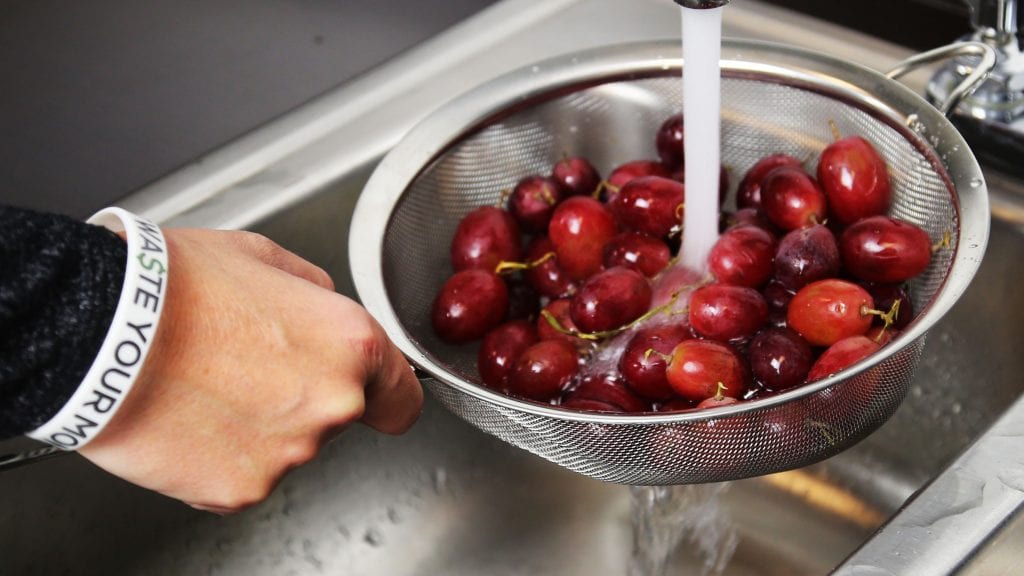
If you’ve somehow been straining the water out of your food with a strategically-placed plate up til now, you should know that a colander is a container that’s lined with small holes. They’re generally bowl-shaped and the size of the holes might vary from minuscule mesh to large and decorative, but the purpose of any colander is to allow water or other liquids to drain out of and away from your food.
This simple process of gravity and filtration doesn’t lend itself to a lot of innovation in the design of colanders, but there are definitely some features you’ll want to look for in this heavily-used tool. First of all, the shape. Most colanders are bowl-shaped, though you’ll find some “over-the-sink” models that are wider and might even be shaped like a pan. They have long handles on either side that are meant to let it suspend itself over your sink, straining your food into the drain while you take care of other prep. While this can be great for certain meals, they’re generally not as versatile or easy to pour from.
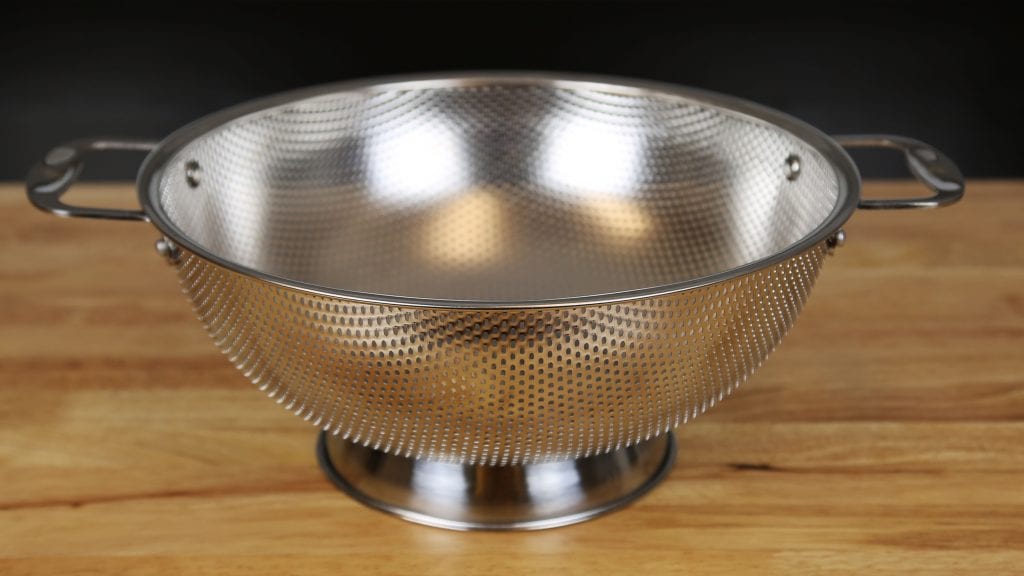
The classic bowl shape will generally come with “feet” or a raised base that can vary in height. This lets it sit above the liquid that drains out of it. In that sense, it does the work of draining just as easily as an over-the-sink colander — as long as you’ve got room in the sink.
Both sides can be constructed from a variety of materials. The most common is definitely stainless steel, for obvious reasons. The rust-proof properties of this go-to cookware alloy are invaluable when you’re in contact with lots of food and water. The size and spacing of the holes will vary a lot, but they’ll tend to be around an eighth to sixteenth of an inch. That makes them great for most types of pasta, meat and veggies, but maybe a bit too large for rice or other grains.
Mesh strainers, like the Cuisinart Fine Mesh Strainers, set of 3, are basically woven steel wire with a pinhole-sized space in between. They’re generally used for draining those smaller grains or berries, and mesh strainers will sometimes have longer handles that (along with their lighter weight) make them easier to maneuver around. In most cases, though, this construction doesn’t allow for the raised base that other colanders have. And depending on the construction, mesh colanders might be prone to dents or warping.
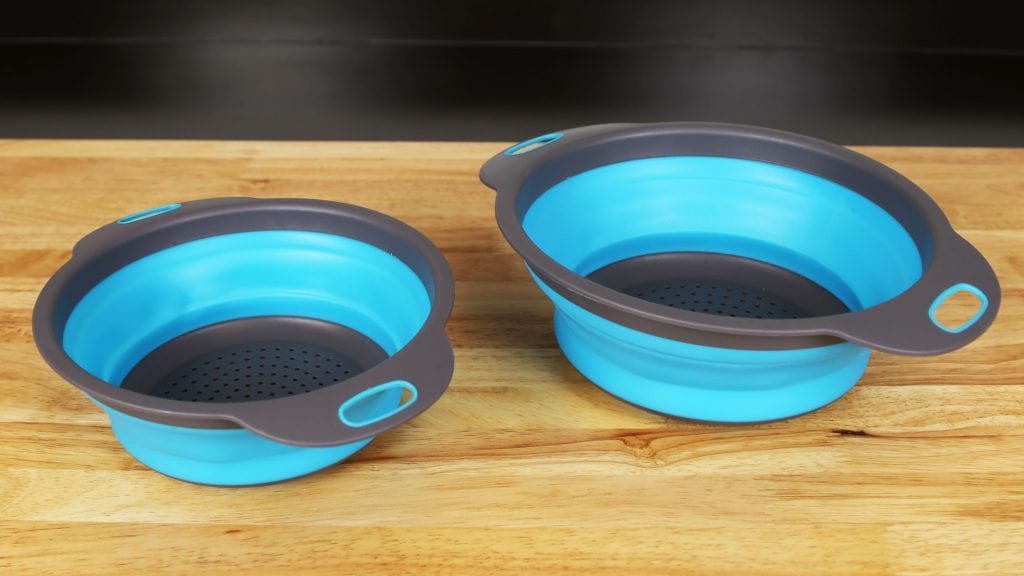
A growing amount of colanders are made of plastic or silicone. There’s a lot of benefits to this type of material, including feather-light weight. Some silicone colanders are even collapsible, making them much easier to store than other types. On the downside, they’re not generally as durable as steel, may melt in boiling water and they won’t drain as quickly since the material doesn’t lend itself to smaller holes with tiny spaces in between.
Some fancier “heirloom” colanders might be covered in enamel or porcelain, with steel or plastic underneath. These will hold heat fairly well, and there’s nothing quite like the look of decorated porcelain. Just make sure you handle them with care: Any chipping of the outer layer will ruin the look and possibly expose the steel underneath to rust.
Whatever type of colander you buy, it’s always worth paying a little more for durability. As we said, it’s one kitchenware tool you’re likely to use for multiple meals a week.
What to Look For
- Whether you’re going with stainless steel, mesh, plastic or some combination of the above, size matters. If you’re only getting one colander, make sure it’s roughly the size of the largest pot you own. Many options can handle up to five quarts, perfect to pair with your biggest pot. That way, you’re covered no matter what dish you make.
- Of course, big colanders open up a whole storage problem. Collapsible colanders are just perfect for campouts or filling out the smaller kitchen cabinets of mobile homes. Some colanders come in sets of more than one, which is ideal for a kitchen tool that you’ll use as much as this one. In those cases, look for colander sets of multiple sizes that nest inside one another, so you don’t give yourself additional storage problems. If those colanders come with a variety of different hole sizes, so much the better.
- Going with plastic colanders? Take a look at the type of plastic, and whether it’s able to consistently stand up to the heat of boiling water (212° Fahrenheit). Even if it will, you’ll want to also make sure they’re BPA-free. BPA, or bisphenol A, is a chemical used in the construction of polycarbonate plastics, although it’s less common. Which is a good thing, since it can leach into foods that are heated, contributing to a host of health concerns.
More to Explore
Like most simple tools, the colander has more applications than one. When you’re done using your colander to drain your pasta and veggies, you can also use it to:
- Store your berries. Keeping a colander full of rinsed berries in the fridge helps them stay aerated, reducing the chance of mold.
- Keep the flies away. Don’t want to share with the wildlife while you’re eating outside? Simply plop a colander upside-down over your dish.
- Grow a garden. Put some moss into an old colander, fill it with dirt, and voila: You’ve got a great medium for houseplants or herbs to grow in.

